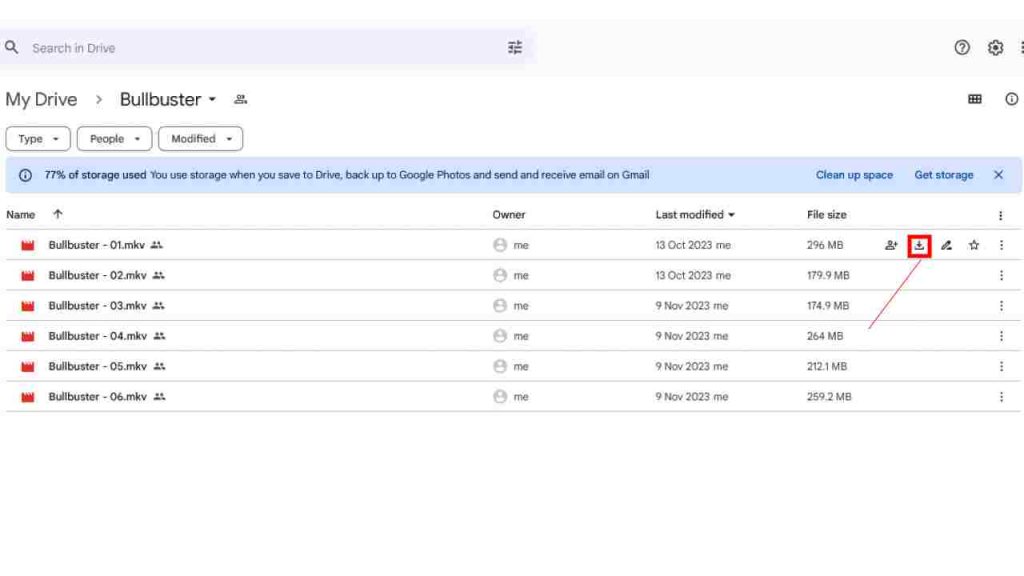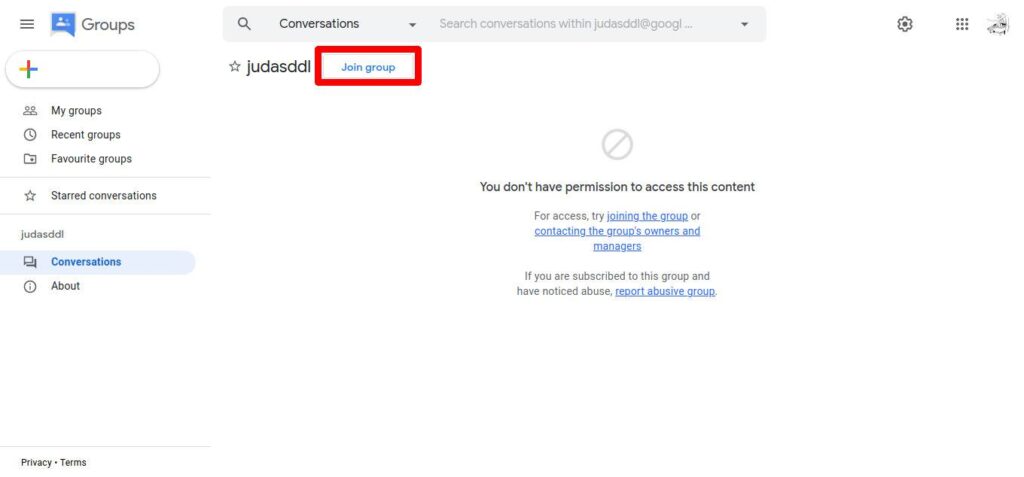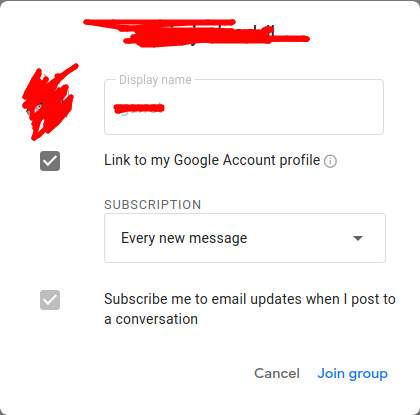- Table of Content:


Komi Can’t Communicate
Komi Can’t Communicate is a comedy anime about a shy girl who wants to make 100 friends. Watch it on Netflix with Aoi Koga and Gakuto Kajiwara.
MyAnimeList Rating
| Year | 2021 |
|---|---|
| Formats | Streaming |
| Opening theme | "Cinderella (シンデレラ)" by Cider Girl |
| Ending theme | "Sympathy (シンパシー)" by Kitri |
| Episodes | 12 |
| Duration | 24 mins |
| Status | Finished |
| Release Date | October 7, 2021 |
| End Date | December 23, 2021 |
| Format | TV Series |
| Studio | OLM |
Trailer
Synopsis
Timid Tadano is a total wallflower, and that’s just the way he likes it. But all that changes when he finds himself alone in a classroom on the first day of high school with the legendary Komi. He quickly realizes she isn’t aloof—she’s just super awkward. Now he’s made it his mission to help her on her quest to make 100 friends!
(Source: Viz Media)


Youtubers Full Reactions
JamiUwUCharacters & Voice Actors
Shouko Komi MAIN | |
Hitohito Tadano MAIN | |
Najimi Osana MAIN | |
Shigeo Chiarai SUPPORTING |
Related Posts
They want to boycott Shogakukan, the home of Frieren and Komi-san
February 25, 2024Someone measured Komi-san’s breasts
February 24, 2024JamiUwU Komi Can’t Communicate Full Reaction
December 15, 2023Rating Entries
There are no reviews yet. Be the first one to write one.
Editor's Review

“Komi Can’t Communicate”: A Heartfelt Journey of Connection and Understanding
“Komi Can’t Communicate” is an anime that effortlessly weaves together heartwarming moments, relatable struggles, and genuine character development into a delightful narrative. Based on the popular manga series, this show introduces us to Tadano Hitohito, a kind-hearted high school student, and Shouko Komi, a girl with a severe communication disorder. Together, they embark on a journey of self-discovery, friendship, and understanding in a setting that’s both endearing and comically relatable.
At its core, “Komi Can’t Communicate” is a story about overcoming obstacles, celebrating diversity, and appreciating the beauty of human connections. Shouko Komi, the titular character, is portrayed with great sensitivity and nuance. Her struggles with social anxiety are palpable, and the anime brilliantly captures the complexities of her character. Through Tadano’s perspective, we witness the challenges she faces, and as the series progresses, we cheer for her triumphs, no matter how small they may seem.
The supporting cast adds depth to the narrative, each character bringing their own quirks and charm to the table. From the boisterous Yamai Ren, who’s convinced she’s Shouko’s best friend, to the stoic but secretly caring Najimi Osana, every character feels integral to the story. Their interactions with Shouko provide both comedic relief and moments of genuine connection, showcasing the power of friendship to bridge gaps.
The animation style of “Komi Can’t Communicate” is simple yet effective. The character designs are clean and expressive, allowing for a wide range of emotions to be conveyed. The use of visual cues and body language is particularly noteworthy, as it plays a crucial role in understanding Shouko’s character and the challenges she faces in communication.
One of the anime’s strongest attributes is its ability to balance humor with heartfelt moments. The comedic elements never feel forced or out of place, but rather serve to highlight the characters’ growth and the bonds they form. The humor is inclusive and relatable, making it accessible to a wide range of viewers.
The themes explored in “Komi Can’t Communicate” are both universal and timely. It delves into the importance of empathy, patience, and understanding in building meaningful relationships. It also sheds light on the struggles that individuals with communication disorders face, fostering awareness and compassion in the process.
In conclusion, “Komi Can’t Communicate” is a gem in the world of anime, offering a poignant and heartwarming narrative that resonates on a deeply human level. Its endearing characters, relatable struggles, and moments of genuine connection make it a must-watch for fans of character-driven stories. Whether you’re seeking laughter, tears, or simply a reminder of the power of human connection, this anime delivers in spades. It’s a beautifully crafted tale that reminds us that communication isn’t always about words, but about understanding and being understood.














